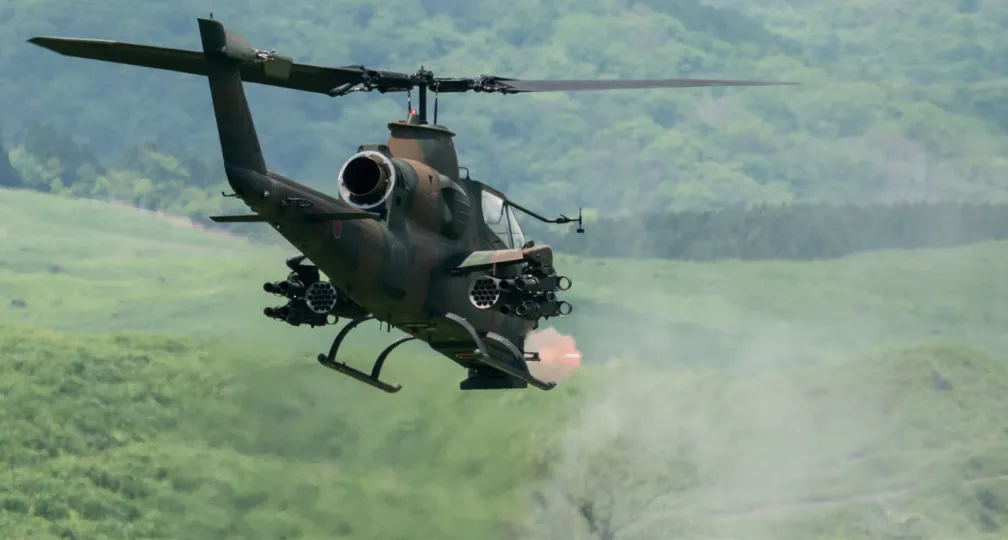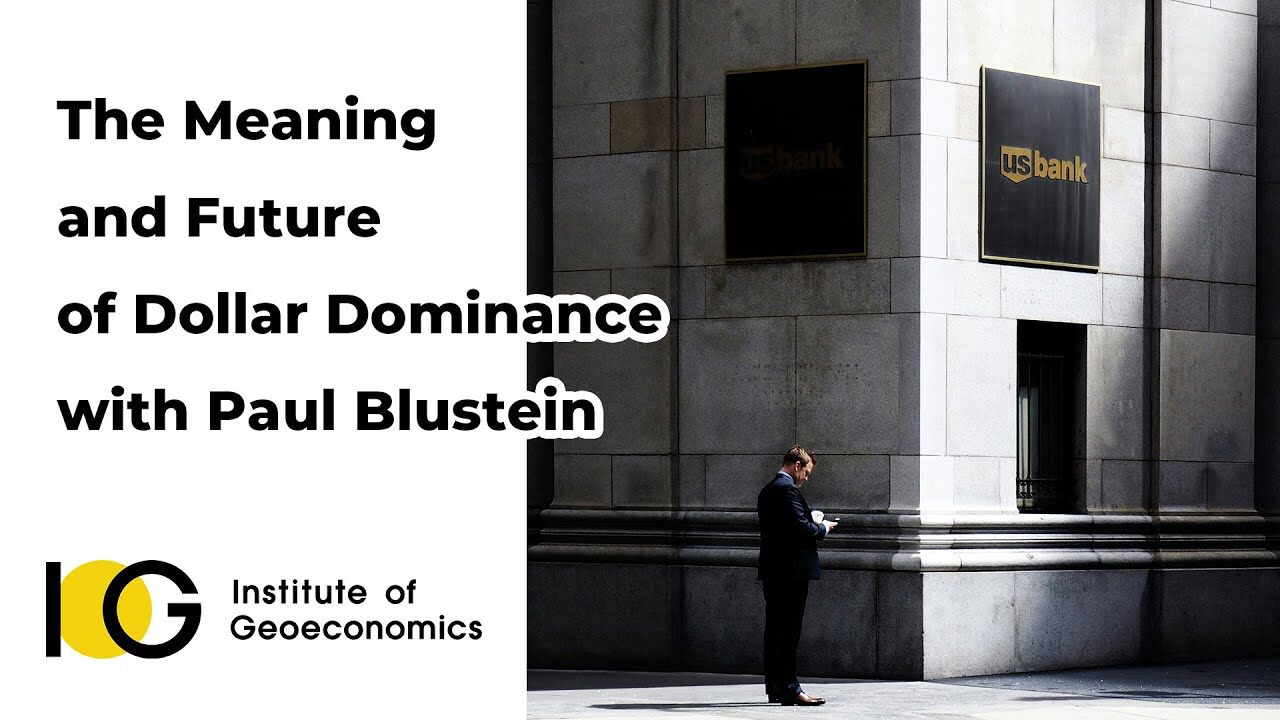Will drones replace helicopter pilots in the Self-Defense Forces?

In Japan’s National Defense Strategy released in December 2022, the government listed unmanned defense capabilities as one of the key factors for fundamental reinforcement of defense. The document stated that unmanned assets are often relatively affordable compared to manned equipment, with the great advantage of being able to minimize human loss while operating continuously for a long period of time. It stated that in approximately 10 years, which corresponds to the fiscal 2032, Japan will accelerate the development and introduction of unmanned assets in air, water and underwater domains in accordance with its geographical characteristics, and expand their full-scale operation. It also asserts that the Self-Defense Forces will reinforce the ability to simultaneously control multiple unmanned assets using advanced technologies such as artificial intelligence. In response to the strategy, Japan made a major shift in its Defense Buildup Program to transfer the functions of the Ground Self-Defense Force’s AH-1S anti-tank helicopters, AH-64D combat helicopters and OH-1 observation helicopters to multipurpose/attack unmanned aerial vehicles (UAVs) and surveillance UAVs. This replacement will be carried out in stages, with the minimum required functions maintained by arming existing helicopters, among other measures.
The introduction of unmanned assets has been planned not only by the GSDF but also by the Maritime Self-Defense Force and the Air Self-Defense Force. However, discontinuing the use of certain types of equipment and transferring their functions to UAVs is a major policy change. Moreover, such policy decisions are uncommon, even in other countries. For instance, in the United States, where UAVs have already been introduced in army aviation units, roughly $900 million has been allocated in the fiscal 2024 defense budget to acquire 42 AH-64E attack helicopters, meaning that the military is continuing to procure manned helicopters. The United Kingdom issued the Defence Capability Framework in July 2022, outlining guiding principles for investment decisions and military capability development to be prioritized over the next decade. While the framework states that uncrewed or autonomous systems will increasingly replace the capabilities of existing helicopters over the next decade, it continues to promote a project to link data from manned surveillance helicopters and attack helicopters, indicating the policy of maintaining the operation of crewed helicopters. Turkey, which manufactures and operates UAVs such as the Bayraktar TB2, continues to develop ATAK-2 manned attack helicopters.
Why then, did Japan make such a major shift in its policy? Will all of the SDF’s piloted aerial vehicles be replaced with UAVs in the future? This article will look into the relationship between helicopters and UAVs in ground operations and discuss its implications for Japan’s defense policy of transferring the functions of anti-tank/attack helicopters and observation helicopters to UAVs, including future prospects.
The role of helicopters
Helicopters were put in full-scale use by the U.S. Marine Corps during the Korean War in the 1950s to support ground operations to a limited extent through surveillance, transportation of supplies and evacuating wounded soldiers to the rear area. They displayed their utility and tactical value by operating in airspace over expansive areas without the need for runways. In the Vietnam War, helicopters were extensively employed in ground operations, including transportation operations to deploy troops to more tactically advantageous areas, and attack helicopters were used in active warfare. In the Gulf War in the 1990s, fought under the U.S. Army’s AirLand Battle doctrine, attack helicopters were utilized to strike targets deep within enemy territory and support ground forces, while transport helicopters provided air mobility. They contributed to expanding the depth and improving the mobility of ground troops.
Along with technological developments, helicopters were upgraded to extend their flight range and increase their carrying capacity. Their functions and roles were expanded as they were equipped with telecommunication devices, sensors, weapons and ammunition. Helicopters have become an air power in the ground domain, adding deep operation capabilities to enable ground forces to operate in wide areas with their surveillance and reconnaissance capability, anti-personnel/anti-armored combat capability and the capability to transport troops and supplies.
UAVs in modern warfare
The U.S. Defense Department, in the National Defense Strategy released in October 2022, stated that the proliferation of uncrewed aircraft systems (UAS) allows competitors to threaten U.S. forces, allies and partners. It says that UAS can possess comparable lethality to cruise missiles and can launch from a diverse range of locations, virtually undetected. Specifically, the document mentions that Iran continues to maintain the largest missile force in the Middle East, augmented with a growing UAS capability, and that nonstate actors are employing increasingly complex offensive UAS.
This threat awareness by the U.S. toward potential adversaries’ UAS can conversely be interpreted as UAS advantages. Generally speaking, UAS are said to have the benefits of being able to be employed for missions categorized as the “three Ds” — dangerous, dirty and dull — to reduce operational risks. However, today’s UAS have surpassed mere risk reduction and now possess tactical asymmetric advantage and lethality.
Since Russia invaded Ukraine in February 2022, both countries have been widely using UAVs to conduct attacks, while neither has gained air superiority with crewed aircraft due to threats of anti-aircraft artillery. When Russian forces first invaded Ukraine, the Ukrainian military destroyed Russian anti-aircraft weapons, tanks and armored vehicles by using Turkish-made Bayraktar TB2 UAVs. As Russian troops pushed deeper into Ukraine, lines of communication — routes to deliver supplies to military units operating on the front line — became longer, leading to a relative decrease in the density of military strength. As a result, UAVs that can attack Russian forces deeply from the front line to rear areas, even when under the threat of anti-aircraft artillery, must have served as an effective tool to focus the Ukrainian military’s attacks on the Russian military’s weak points. After Russia started conducting counterattacks to shoot down the TB2s, the Ukrainian military launched frequent attacks using low-price, small drones, displaying the effectiveness of such devices as a tactical attack method on the battlefront.
In this way, UAVs, capable of executing asymmetric attacks over a broad range of locations under threat of anti-aircraft artillery while mitigating human casualties, are extending their role in ground operations and evolving into indispensable weapons.
Replacing manned aircraft
The Ground Self-Defense Force has been deploying and operating UAVs — including the Flying Forward Observation System (FFOS) and the Flying Forward Reconnaissance System (FFRS) held by specialized field troops to observe where shells have landed, as well as ScanEagle 2 drones held by intelligence units for surveillance and reconnaissance activities — mainly as a means of information gathering. However, the latest policy shift in the Defense Buildup Program differs from that of previous years, in which observation and attack capabilities had been covered by manned aircraft of the GSDF’s aviation units. Moreover, this will be taken over by UAVs and operated by aviation units and ground units on the front line.
In August last year, the Defense Ministry released requests for information and proposals for the GSDF’s new uncrewed aircraft, intended for applications such as warning, surveillance and attacks. This includes a flying-type, small unmanned platform designed specifically for attacks as a part of projects to promote early demonstration of new defense equipment. The uncrewed aircraft is likely to be a relatively large, fixed-wing pilotless drone operated by aviation units. The GSDF’s Material Control Command designated the GSDF Aviation School as a verification unit when subcontracting the proof of concept for fixed-wing, multipurpose UAVs, indicating that aviation units are expected to be responsible for operating relatively large, fixed-wing UAVs. The small unmanned platform will consist of small drones that launch attacks either through self-destruction or by dropping explosives, and will probably be operated by infantry on the battlefront.
Behind the Defense Ministry’s change of direction lies the current national security environment, Japan’s geographical characteristics and changes in social environment.
The ministry believes that UAVs will be crucial for future warfare, acknowledging the critical importance of utilizing cutting-edge technologies for defense purposes, in an era when new methods of warfare, supported by advanced technology, determine the outcomes of war. How the Ukrainian military is using UAVs in fighting Russia to recover its territory following Moscow’s invasion has provided a convincing example, which has prompted the Defense Ministry to facilitate the use of UAVs.
Furthermore, while Japan strengthens its defense in the country’s southwestern region, helicopters operating around remote islands need to fly over the ocean where there are limited places to conceal themselves. The islands also lack geographical features that can provide concealment, which implies that the aircraft are vulnerable to the constant threat of anti-air weapons. In the country’s southwest, with these geographical features, UAVs have a great advantage with the capability of preventing human casualties.
There is also the issue of securing human resources amid the continuing trend of declining births. Securing UAV operators is more straightforward than securing personnel who must meet the requirements of an aviation medical examination to become pilots. This can also reduce the risk of human loss.
Taking such issues into consideration, it was unavoidable for Japan to make a policy shift to focus on UAVs to replace anti-tank/attack helicopters and observation helicopters that operate in battlefronts and rear areas under threat of anti-air weapons.
In consideration of these factors, what about multipurpose helicopters and transport helicopters that were not mentioned in the latest defense buildup program? The Defense Ministry started considering the use of UAVs for the transportation of SDF equipment and released a request for information and proposals for such UAVs in July. However, transporting personnel, including the movement of troops by air, will still be conducted by manned aircraft. The aforementioned Defence Capability Framework in the U.K. also excludes the transportation of personnel from the future roles of UAVs. This is apparently because allowing people to board UAVs would negate one of their benefits, which is the reduction of the risk of human casualties. Moreover, transporting personnel by UAVs in battlefields with the risk of being attacked could raise ethical concerns.
It can be stated that Japan’s Defense Ministry had to reach a conclusion to replace some of helicopters’ functions with UAVs in order to boost its defense setup in the country’s southwestern region. Even if the role of UAVs in battlefields is expanded, however, manned helicopters will continue to bear the task of transporting personnel, including air operational maneuvers. This would be the same for the ASDF’s search and rescue planes. While UAVs will definitely play a pivotal role in future warfare, they should not be used to simply replace other defense equipment. The SDF will be tested on how well they can conduct operations by combining manned aircraft with UAVs.
It is necessary to develop defense equipment and create a doctrine based on such a premise, as well as nurturing human resources with the ability of executing such operations.
[Note] This article was posted to the Japan Times on January 25, 2024:
https://www.japantimes.co.jp/commentary/2024/01/25/japan/drones-helicopter-pilots/
-
 Japan-India Defense in a Fragmenting Indo-Pacific2025.12.10
Japan-India Defense in a Fragmenting Indo-Pacific2025.12.10 -
 The “Economic Security is National Security” Strategy2025.12.09
The “Economic Security is National Security” Strategy2025.12.09 -
 India - Japan: The Glimpse of a Shared Vision2025.12.05
India - Japan: The Glimpse of a Shared Vision2025.12.05 -
 Beijing’s ‘Globalist’ Agenda Under Trump 2.02025.12.01
Beijing’s ‘Globalist’ Agenda Under Trump 2.02025.12.01 -
 Trump’s Tariffs Might Be Here to Stay – No Matter Who’s in Power2025.11.28
Trump’s Tariffs Might Be Here to Stay – No Matter Who’s in Power2025.11.28
 Event Report: The Trump Tariffs and Their Impact on the Japanese Economy2025.11.25
Event Report: The Trump Tariffs and Their Impact on the Japanese Economy2025.11.25 The Real Significance of Trump’s Asia Trip2025.11.14
The Real Significance of Trump’s Asia Trip2025.11.14 The long road to a South Korea-U.S. trade deal2025.11.26
The long road to a South Korea-U.S. trade deal2025.11.26 The “Economic Security is National Security” Strategy2025.12.09
The “Economic Security is National Security” Strategy2025.12.09 India’s Structural Reforms: Opportunities and Risks2025.11.14
India’s Structural Reforms: Opportunities and Risks2025.11.14
















